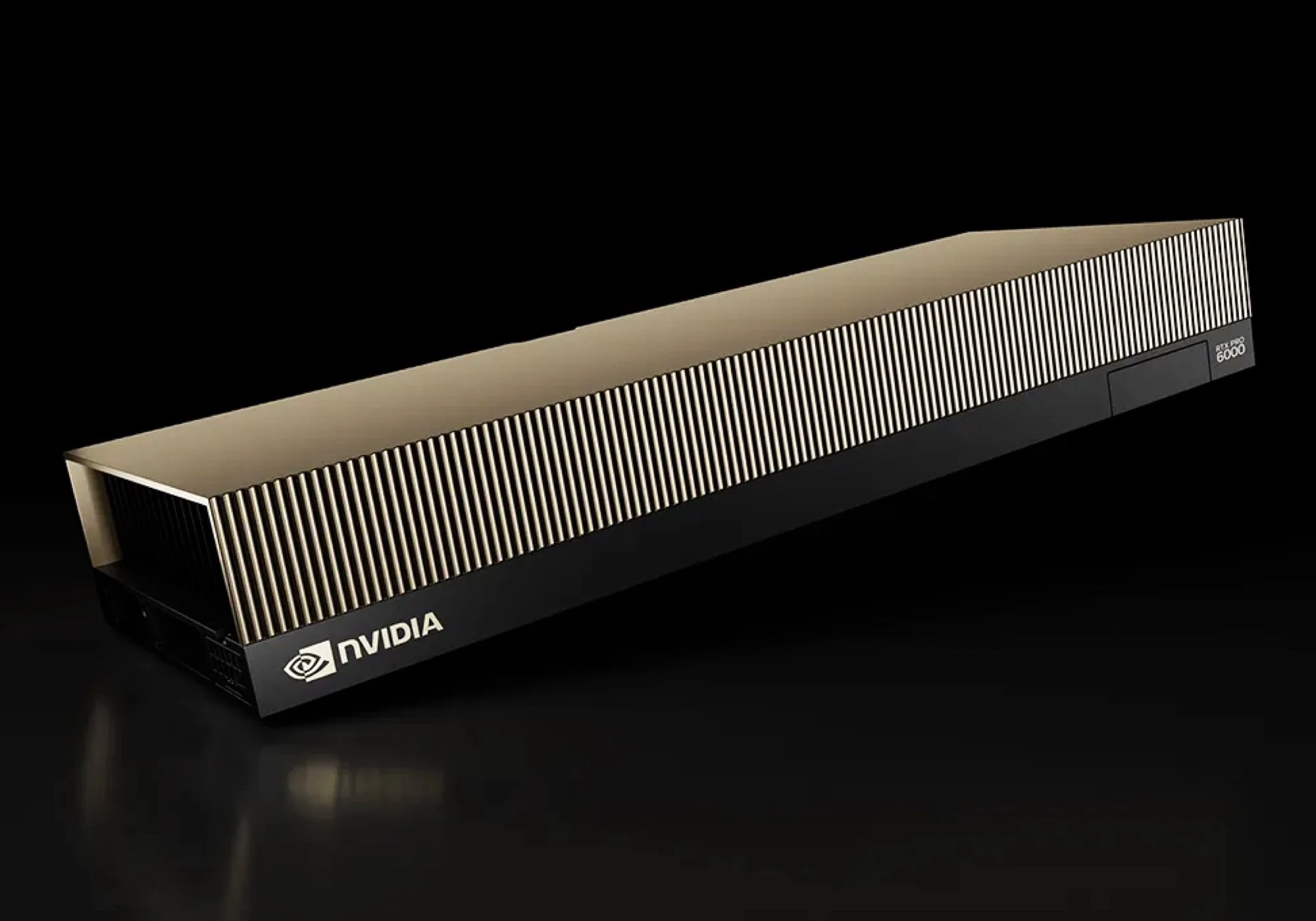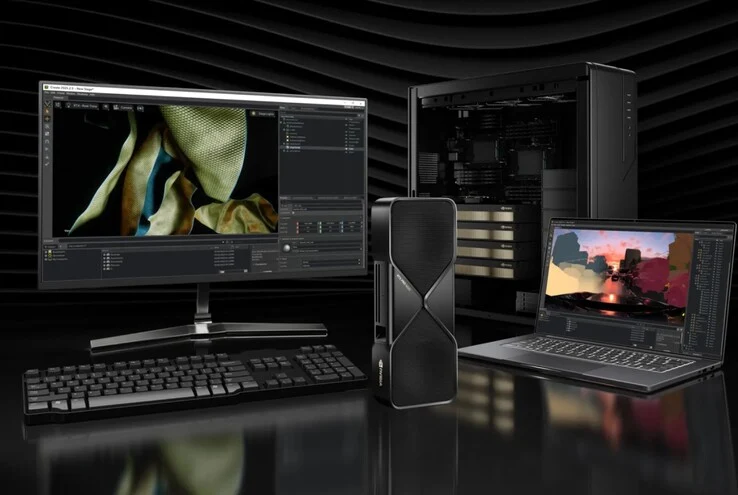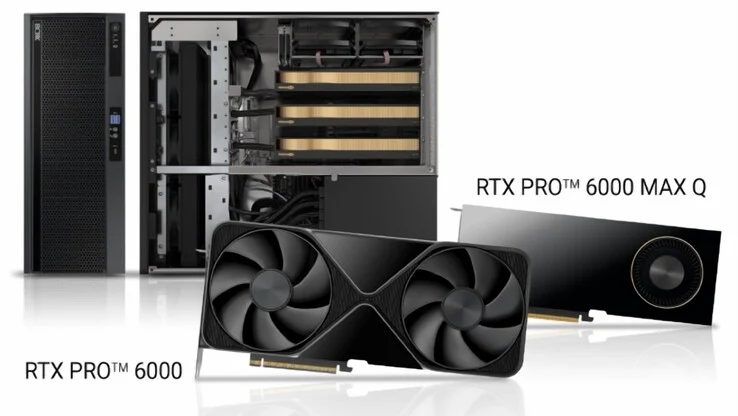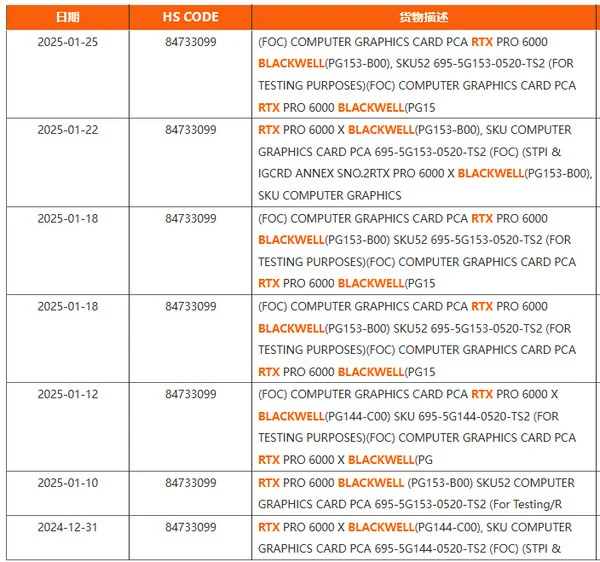Key Takeaways
1. Nvidia’s GPUs have driven significant growth in the AI industry, establishing a near-monopoly in AI hardware.
2. CEO Jensen Huang envisions physical AI and robotics as the next industrial revolution, providing essential tools for robotics development.
3. Nvidia launched Isaac, its first open-source humanoid robot operating system, allowing developers to enhance robots with trained models.
4. The training process for robots involves creating videos from single images to teach new tasks using compressed action tokens.
5. Nvidia supports developers with Universal Blackwell Systems powered by RTX PRO 6000 GPUs, facilitating powerful robot training capabilities.
The AI industry has experienced huge growth over the past four years, largely due to Nvidia and its advanced GPUs that are specially made for AI tasks. Team Green started investing in AI back in the mid-2010s, but the real impact became noticeable only in recent years. With the hardware segment of AI now well established, and almost monopolized, Nvidia is exploring new opportunities that might increase its value even more. At this year’s Computex, Team Green hinted that one of these opportunities could be in physical AI and humanoid robotics.
CEO’s Vision for the Future
During his keynote earlier today, CEO Jensen Huang shared, “Physical AI and robotics will lead to the next industrial revolution. From AI brains for robots to simulated worlds for practice, or AI supercomputers for training foundational models, NVIDIA offers essential tools for each phase of the robotics development process.”
Expanding Software Horizons
With a focus on physical AI, Nvidia is also broadening its efforts in the software domain. The main element here is the company’s first open-source humanoid robot operating system named Isaac. Developers can build on this by adding trained models like the Gr00t N1.0, which was launched in March and has now been updated to version 1.5, introducing the Dreams component. Version 1.0, which featured the Mimic component, served as a foundation for training robot reasoning and actions. With the Dreams component, Nvidia is unveiling a framework that can produce large amounts of synthetic motion data (neural trajectories) that physical AI developers can use to teach robots various motor skills, including adapting to different environments.
Training Process Explained
The training method is similar to text-to-image and video models. Initially, the robots undergo post-training with Cosmos Predict world foundation models (WFMs). By using just one image as input, GR00T-Dreams can create videos of the robot doing new tasks in unfamiliar settings. The blueprint extracts action tokens (compressed data pieces easily handled by the robot’s neural network), which instruct the robot on how to carry out new actions.
Nvidia’s Isaac GR00T is strongly connected to the Omniverse and Cosmos platforms to generate training data. The N1.5 update, along with models such as Isaac Sim 5.0 and Isaac Lab 2.2, will soon be downloadable from the Hugging Face repository. Innovative companies already utilizing the Isaac N models for humanoid robots include AeiRobot, Foxlink, Foxconn, Lightwheel, NEURA Robotics, Boston Dynamics, Agility Robotics, and XPENG Robotics.
Developer Support and Hardware
In addition, Nvidia is providing its Universal Blackwell Systems powered by RTX PRO 6000 GPUs, like the DGX Cloud infrastructure, enabling developers to access significant processing power for robot training with ease.
Source:
Link







